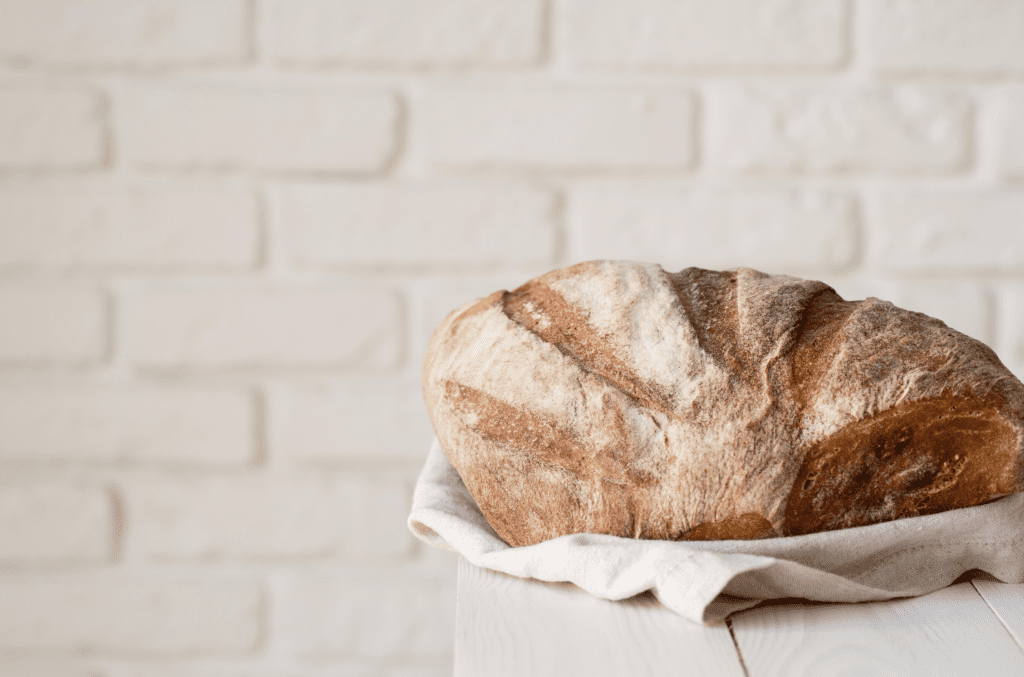Autolyze is a simple yet crucial step in the art of sourdough bread making. This process involves mixing flour and water and then letting the mixture rest before adding other ingredients like starter and salt. The term was coined by Professor Raymond Calvel, a French bread expert, who observed that this resting period greatly benefits dough development.
How Does Autolyze Work?
When flour and water are combined, two main components of flour – glutenin and gliadin – start to bond, forming gluten. Gluten is the protein network that gives bread its structure and chewiness. During the autolyze period, water hydrates the flour, allowing gluten networks to form more easily and with less mechanical work. This results in a dough that’s more extensible and less sticky, making it easier to handle and shape.
Benefits of Autolyze
Improved Texture: Autolyze helps in developing a better gluten network, which contributes to a more open crumb structure in the final bread.
Enhanced Flavor: This process allows enzymes in the flour to break down complex carbohydrates into simpler sugars, which not only aids in fermentation but also enhances the bread’s flavor.
Easier Dough Handling: By reducing the kneading time, the dough becomes less sticky and easier to work with.
Increased Hydration: Autolyze allows the dough to absorb more water, which is beneficial for achieving a moist crumb.
What Happens if You Don’t Autolyze?
Skipping the autolyze step is not a deal-breaker, but it does have its consequences. Without this initial resting period, you may find your dough to be more challenging to knead and shape due to a less developed gluten network. The bread might also have a denser crumb and potentially less complex flavor profile.
Is Autolyze Always Necessary?
While autolyze is beneficial, it’s not always necessary. In bread making, many variables can affect the final product, such as flour type, hydration level, ambient temperature, and personal preferences. For some bakers, especially those working in a time-constrained environment, autolyze might not be practical.
Autolyze is a simple, yet effective technique in sourdough bread making. It enhances the dough’s structure, flavor, and workability. However, its necessity depends on your specific circumstances and preferences in bread making. Whether you choose to include this step or not, the key is to understand how it impacts the dough and the final loaf.
We’d Love to Hear From You!
Do you autolyze your sourdough bread? How has it affected your bread-making process? Share your experiences and preferences in the comment section below!





















